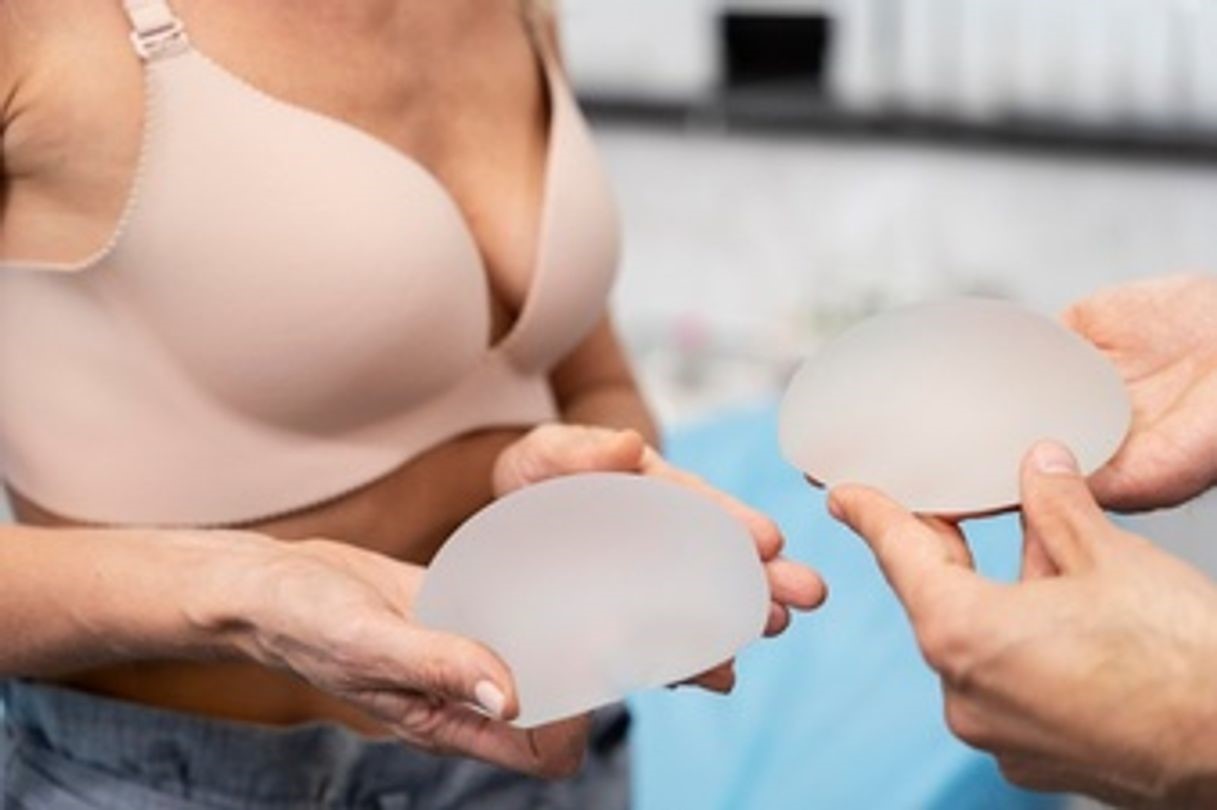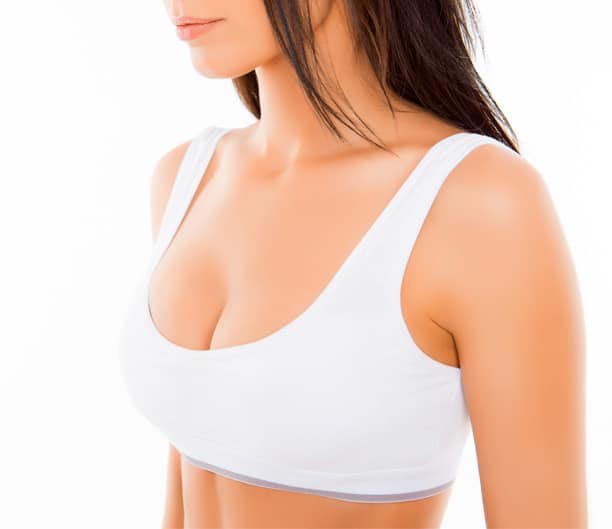All You Need To Know About Breast Surgery
Are you considering breast surgery? If so, there are some things you need to know. Breast surgery is a big decision, and it’s important to make sure you’re informed about all of your options. This blog post will give you an overview of breast surgery, including the different types of procedures and the risks involved. So if you’re curious about breast surgery, keep reading! You’ll find out everything you need to know.
What is Breast Surgery?
Breast surgery is any procedure where tissue is removed or repositioned for medical reasons, including breast reconstruction following mastectomy. A healthy person doesn’t need to undergo breast surgery unless he or she has a problem with the chest wall, but anybody who needs it should find out more about each of their options before moving forward.
Breast surgery is usually done to remove cancerous tissue, but it can be used for cosmetic or reconstruction purposes as well. Breast surgery doesn’t just involve the breasts themselves; in some cases, the surrounding lymph nodes may also need to be removed.
Types of Breast Surgery
There are three types of breast surgery:
- Mastectomy
- Lumpectomy
- Partial mastectomy
Mastectomy
A mastectomy is a surgery to remove all of the milk-producing glands (mammary glands) in both breasts. It can be done either with or without lumpectomy (surgery that removes only the lump).
Lumpectomy
A lumpectomy is a surgery that removes only the cancerous lump in one breast. It may be done instead of mastectomy if there are no signs of lymph node involvement, or it can take place after mastectomy in cases where cancer remains present in the breast tissue.
Partial Mastectomy
A partial mastectomy is a surgery that removes only part of the breast, along with lymph nodes in the armpit area. The other milk-producing glands are left intact. It’s sometimes done instead of lumpectomy or mastectomy if cancer is found near or around the nipple, to avoid damaging the nipple and areola.
Breast surgery can be used to treat breast cancer, but it can also be used to address cosmetic concerns. If you’re experiencing pain, swelling, or other issues with your breasts for cosmetic reasons (rather than medical), surgery may be able to help. Breast augmentation and breast reduction are the most common types of cosmetic breast surgery; both procedures remove fat tissue from different areas of the body to achieve a certain size and shape.
Surgery to correct inverted nipples is also done for cosmetic purposes; this operation leaves scars around the nipple so it can stick out through clothing and bras.
Breast Reconstruction, Breast Augmentation, and Breast Reduction
If you are considering breast surgery, are you also thinking about getting breast reconstruction or augmentation? Some experts say that the decision to get implants should be made along with the decision to get surgery. There are different types of procedures for breast augmentation and breast reconstruction, so it’s important to know what each entails in order to make your choice! Let’s explore these options more in-depth.
Breast Reconstruction
Breast reconstruction is a breast surgical procedure that restores the breast to its natural breast and nipple appearance and position, with minimal scarring. The breast may be reconstructed after mastectomy (breast removal) or other breast trauma such as breast cancer treatment. Breast reconstruction can involve autologous tissue transfer (sometimes called “flap” surgery), breast implant placement, breast augmentation using breast implants, latissimus muscle flap breast reconstruction, transverse upper gracilis breast flap, or a Pedicle Sternal Flap (PSF), all accomplished by plastic surgeons.
Breast Augmentation Surgery
Breast augmentation is a cosmetic surgery designed to add volume and shape to your upper body using implants. Each breast can be augmented independently, or both at the same time. Some people opt for a more natural-looking augmentation that just increases the fullness and projection of their breasts without going too large, while others choose to have a dramatic size increase in order to fit the proportions they want. It’s important to note that breast augmentation is done through an incision in the breast tissue, unlike reconstruction where the skin is closed over the implant.
Breast augmentation can be done under local or general anesthesia. After being numbed, you will have a small incision in your crease where the surgeon inserts an implant through a pocket he creates for it under your pectoral muscle. The implant may be placed under or over the muscle. If it is going under, your surgeon will make a larger incision and work from there

Breast Implants and Surgery
Breast implants are breast-shaped devices that can be inserted into your breast to increase its size. They’re usually made of silicone, but there’s also a saline implant option. Saline breast implants are filled with a saltwater solution instead of silicone, but they work the same way.
There are three basic types of breast implants: two-piece gel-filled implants; three-piece saline-filled “soft” implants; and three-piece silicone-gel-filled “hard” implants.
Breast implant surgery is usually an outpatient procedure.
You will be given anesthesia, either general or local (similar to putting dental anesthesia), and breast implants are inserted under the breast tissue or placed above the muscle. If you already have breast implants, they can remain in place, but some surgeons prefer to remove them for safety reasons. Your breasts are then wrapped in gauze dressings.
The breast surgery recovery process typically takes about one to two weeks, but recovery is different for every woman. You will most likely experience some pain or discomfort that can be relieved by medication or ice packs. Your breast implants may feel firm and sore, but you should not have any bleeding, skin discoloration, or blood spots under your breast fold.
Since breast implants are composed of a silicone shell filled with either saline solution or silicone gel, they will feel different from breast tissue. But breast implants do not interfere with the function of your breasts and should not affect how often you need to breastfeed or express milk for an adopted baby.
Breast Lifts
Breast lift surgery is a cosmetic procedure that can improve the shape and position of sagging breasts. Women may choose breast lift surgery to make their breasts appear higher, firmer, more youthful, healthier, improving breast symmetry, or because they are asymmetrical due to breastfeeding. Symptoms for breast sag are inability to wear certain clothing without embarrassment or discomfort; difficulty finding bra cup size or style that fits both her current bra size and the desired outcome after planned surgery; the desire to use particular types of bras – including sports bras – simply for reducing pain from breast weight; difficulty with nipple soreness or sanitary conditions due to breast weight; or difficulties with breast cleavage.
Breast Reduction
Breast Reduction Surgery is a surgical procedure that reduces breast size for women, who feel their breasts are too big than desired. It involves the removal of breast fat, glandular tissue, and skin to relieve the discomfort. The weight reduction is achieved by breast repositioning, nipple reshaping, and breast lift.
Benefits of Breast Augmentation Surgery
Standard Benefits:
- You’ll have breast implants that are natural-looking and feel more comfortable.
- Your breast size will be proportional to your body type.
Emotional benefits:
- You’ll feel more confident wearing clothes that show off your chest area.
- You’ll feel more attractive and desirable.
- Your breast size will match your body proportionately, so you can gain weight in other areas of your body without having an uneven breast size
There are many reasons why breast augmentation is a good choice for improving your self-image. Breast augmentation can help you feel more confident and attractive, which can boost your self-esteem. Additionally, breast augmentation can make you feel more feminine and confident in your appearance.
Risks Involved with Breast Surgery
As with all medical procedures, there are risks associated with breast surgery. However, you won’t know exactly what those risks are until you talk to your doctor and ask questions about the procedure. You may be wondering what kind of risks apply to breast surgery. Some of the more common complications include:
Infection
Your incisions will be cleaned regularly during recovery in order to prevent infection from occurring after surgery. The risk for infection is very low, but — as always — it’s important to take care of yourself properly after your operation so that something like this doesn’t happen
Scarring
This is another common side effect of surgery. Your scars will fade with time, but the location of your incisions means that it will take years for them to completely disappear.
Numbness
If you experience numbness around your nipples after breast surgery, this could be due to nerve damage during the procedure. This problem can usually be fixed with surgeries if necessary
Recurrence of cancer
Although doctors do everything they can to prevent a recurrence, some women who undergo lumpectomy or mastectomy may still later develop cancer in their other breast or nearby lymph nodes.
However, most cases of these complications are very rare. The benefits far outweigh the risks when it comes to breast surgery; it’s just important that you talk to your doctor about your situation before making any decisions.
After Breast Surgery
What happens after breast surgery depends on the type of procedure you undergo; some procedures require more recovery time than others. Regardless, you’ll need to take it easy after getting breast surgery in order to prevent further complications and allow your body to heal properly. You can’t drive or lift anything heavy for a few weeks, so hire somebody to help with household chores if necessary! Your doctor will discuss pain management options with you; make sure that you take this information seriously and ask questions if there’s anything that isn’t clear to you.

Breast Surgery Clinic Dubai: How much Does a Breast Lift Cost in Dubai?
The cost of breast surgery varies depending on the type of procedure you choose. However, you can expect to pay between AED 18,650 (USD 5000) and AED 36,370 (USD 10000) for breast surgery. It’s important to remember that the cost of breast surgery may vary depending on your situation. So if you’re considering breast surgery, be sure to ask your surgeon about the cost involved.

Breast Surgery in Dubai
It is important to understand the risks and benefits of breast surgery before you make a decision on what type of procedure may be best for your situation. Breast augmentation surgery and breast reconstruction can help people with tissue loss from mastectomy, lumpectomy or previous surgeries get back their breasts after cancer treatments like chemotherapy and radiation therapy. The cost of a breast lift in Dubai varies based on several factors including whether it’s bilateral (both breasts) or unilateral (one).
Understanding all potential consequences will help ensure that any decisions made about surgical procedures are well-informed ones; we hope this article has helped provide some clarity into how surgeons view these issues so they can better inform patients considering them as an option.
Cocoona is the best breast surgery clinic in Dubai – you’ll experience the very best in patient care from beginning to end. Our doctors are at the forefront in providing cosmetic surgery for all your needs. Start your journey to a more confident you today.
Contact us now so you can schedule your consultation and start your journey!







